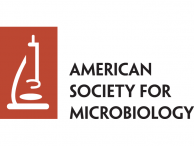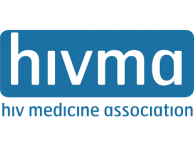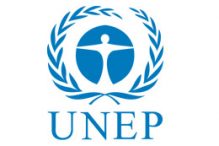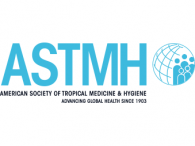Resources
Background Information

Nipah@20: Lessons Learned From Another Virus with Pandemic Potential
July 1, 2020In December 2019, the Nipah@20 Virus International Conference was held in Singapore. In an effort to promote international collaboration for epidemic preparedness, this conference brought together 218 scientists and public health professionals from 21 countries. This paper shares key lessons learned from Nipah.

Twenty Years of Nipah Virus Research: Where Do We Go From Here?
May 1, 2020While the Nipah virus has caused approximately 700 human cases in the 20 years since its discovery, it is among the most lethal viruses currently known. This May 2020 paper looks at both major scientific advances in Nipah virus epidemiology and biology and knowledge gaps.

Nipah Virus Infection
June 1, 2018B. Ang, T Lim, and L Wang collaborated on this Nipah virus background paper which covers the distribution of cases through identification of natural reservoir hosts, neuroradiology findings, epidemiology in animals and NiV management through prevention.
Technical Reports and Papers

Nipah Virus Assays and Animal Models for Vaccine Development
January 1, 2021The Coalition for Epidemic preparedness Innovations (CEPI) selected the Nipah virus as one of its top priority emerging infectious diseases to target for development of a prophylactic vaccine. CEPI has identified a set of research and development activities needed to accelerate vaccine development by promoting standardization, transparency, and comparability between vaccine candidates. The purpose of this analysis with support from NIH/NIAID/DMID is to analyze the current state of NiV assays and animal models.

Interactions of the Nipah Virus P, V, and W Proteins across the STAT Family of Transcription Factors
November 1, 2020This December 2020 technical online paper by Timothy Keiffer, Michael Ciancanelli, Megan Edwards and Christopher Basler looks at four proteins encoded by Nipah virus phosphoprotein (P) gene. The authors review the interaction of P, V, and W with each of the STAT family members, assessing binding specificity and function. Their findings provide insight into the functions of key NiV virulence factors.
Other Resources

Reducing public health risks associated with the sale of live wild animals… (Apr 2021)
April 20, 2021Most emerging infectious diseases – such as Lassa fever, Marburg hemorrhagic fever, Nipah viral infections and other viral diseases – have wildlife origins. Within the coronavirus family, zoonotic viruses were linked to the severe acute respiratory syndrome (SARS) epidemic in 2003 and the Middle East respiratory syndrome (MERS), which was first detected in 2012. The World Health Organization (WHO), the Food and Agriculture Organization of the United Nations (FAO), the World Organisation for Animal Health (OIE) and the United Nations Environment Programme (UNEP) recognize the repeated emergence of zoonotic diseases and the linkages of some of them along the value chain of the wildlife trade.

Nipah Vaccine Overview and Status (Video)
November 23, 2020
The Ecology of Henipaviruses: Insights for Prevention (Video)
November 23, 2020

